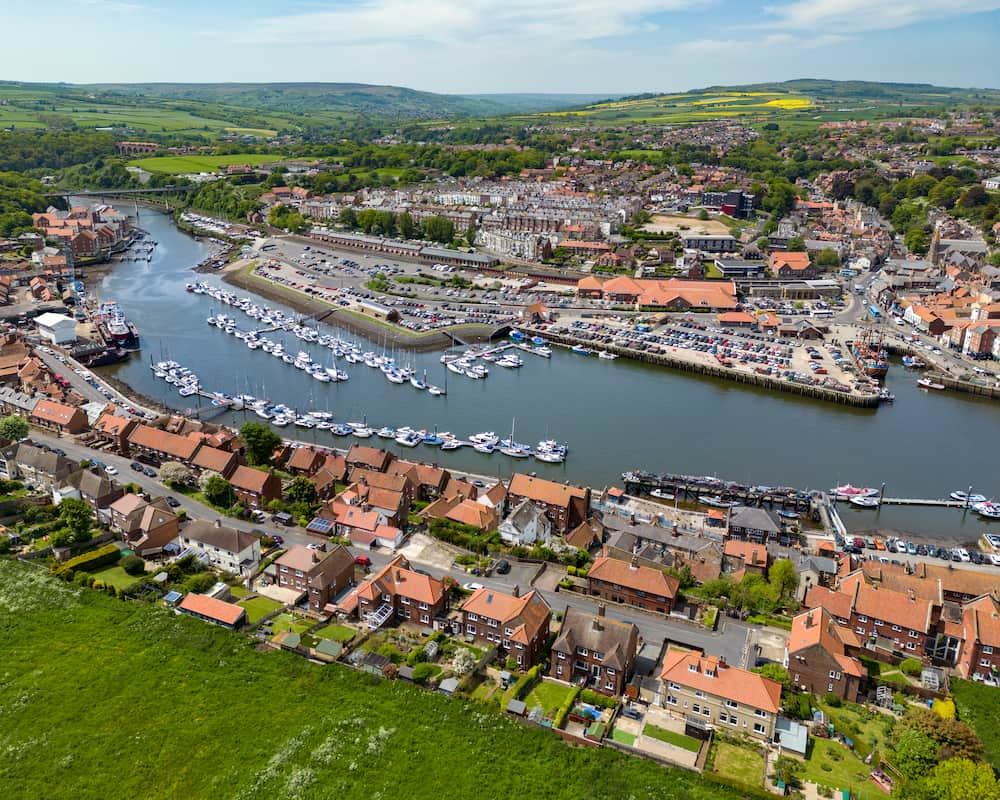When buying or renovating a property, one of the most overlooked yet critical considerations is the plumbing—particularly if the home might contain lead pipes. With growing awareness around the health risks posed by lead in drinking water, many homeowners and buyers are asking the same question: will a building survey check for lead pipes?
In this comprehensive guide, we’ll explore whether standard property surveys are equipped to identify lead plumbing, which type of survey you should consider, and what additional steps you can take to ensure your property is safe and compliant.
Why Lead Pipes Are Still a Concern in the UK
Lead was commonly used in domestic water supply pipes in the UK until the 1970s. Many properties built before this time may still have lead pipework, particularly on the incoming water main or internal plumbing systems.
The health risks associated with lead are serious, especially for young children and pregnant women. Exposure can lead to developmental issues, kidney damage, and other long-term health effects. This is why water companies, local councils and organisations like the Drinking Water Inspectorate continue to encourage replacements of any remaining lead pipework.
Even today, thousands of homes across the UK still rely on legacy lead plumbing. And unless you check, you may not even realise it’s there.
What Types of Building Survey Are Available?
If you’re purchasing a property, your mortgage lender or solicitor may recommend one of three main types of building surveys. Each varies in scope and detail:
Home Condition Report (Level 1)
This is the most basic and least intrusive survey. It gives a general overview of a property’s condition but does not delve into the plumbing system. Lead pipes are very unlikely to be identified in this type of survey.
HomeBuyer Report (Level 2)
This is a more detailed inspection, usually suitable for conventional properties in reasonable condition. While surveyors may note visible signs of outdated plumbing materials like lead, this report is non-invasive and doesn’t involve testing or checking pipework hidden behind walls or under floors.
Building Survey (Level 3)
Also known as a full structural survey, this is the most comprehensive option and is often recommended for older or larger properties. Surveyors conducting this type of inspection will examine visible plumbing and may flag any suspected lead pipework. However, even this survey has its limits—it won’t uncover lead pipes that are concealed or underground.
What Does a Surveyor Actually Check?
It’s important to understand that RICS-qualified surveyors are not plumbing experts. Their role is to assess a property’s overall structure and condition, focusing on visible and accessible areas.
If the surveyor sees exposed pipework—typically near the water stop tap, in the basement, or under the kitchen sink—they might comment on the material used. Lead pipes are usually a dull grey and scratch easily to reveal a shiny silver surface, which can help identify them.
However, if the lead piping is hidden in walls, ceilings, or under floorboards, it will almost certainly go unnoticed in a standard building survey.
How to Be Sure About Lead Pipework
If you need to identify lead pipes, the best course of action is to go beyond the building survey. Here’s how:
- Speak to your surveyor in advance and ask if they can specifically check for visible lead pipework.
- Arrange a plumbing inspection with a WIAPS (Water Industry Approved Plumbers Scheme) accredited professional.
- Request a Lead Pipe Risk Assessment from a trusted provider like Tiger Utilities. We use modern tools and visual assessments to locate and confirm the presence of lead service lines and internal plumbing.
Combining a detailed survey with a specialist inspection gives you peace of mind and ensures nothing is overlooked.
What If Lead Pipes Are Found?
Discovering lead pipes in your property doesn’t need to be a cause for alarm—but it does require action. Replacing lead pipework is a straightforward process when handled by an experienced plumbing team. At Tiger Utilities, we specialise in efficient, low-disruption lead pipe replacement, using modern, WRAS-compliant materials that meet all current water regulations.
Better still, many UK water companies offer lead replacement schemes where they’ll contribute to the cost of upgrading or even replace the public-side pipework for free if you replace yours. We can advise on eligibility and handle all the paperwork on your behalf.
Conclusion
In summary, while a full structural (Level 3) building survey may identify some visible lead pipework, it cannot guarantee complete detection—especially where pipes are hidden. To ensure your property is lead-free, a specialist inspection from a WIAPS-qualified plumber is essential.
Don’t leave your health or investment to chance. Contact Tiger Utilities today to book a lead pipe inspection or speak to one of our experts about your concerns. We’re here to help you future-proof your home with safe, modern plumbing.
Frequently Asked Questions
Do I have to replace lead pipes if they’re found?
While it’s not illegal to have lead pipes, it is strongly recommended to replace them—especially if you have young children or are renovating your home.
Will lead pipes affect my mortgage or insurance?
Possibly. Some mortgage lenders may raise concerns if lead pipes are discovered, and insurers might view them as a higher risk for future claims.
Can I get help with the cost of replacement?
Yes. Many water companies have schemes in place to support homeowners with lead replacement, and we can help you apply.





